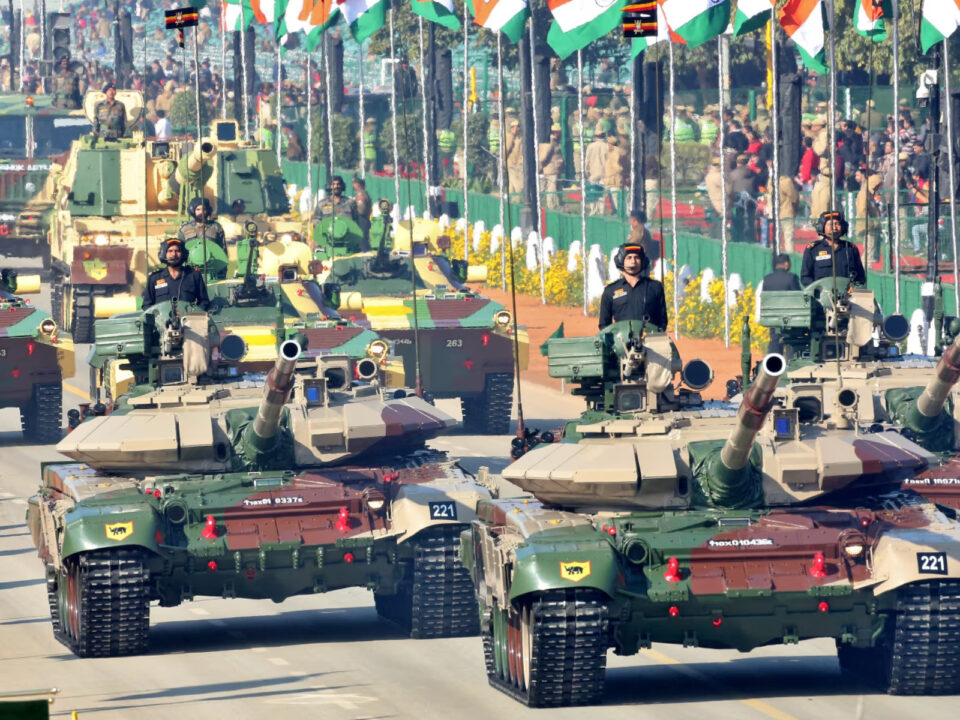4th Edition of the RAIL & METRO TECHNOLOGY CONCLAVE 2023

India-Russia Trade Opportunities: Harnessing Technology Transfer for Mutual Benefit
July 25, 2023
Strengthening Bonds: Moldova-India Trade and Collaboration in the Food Industry
August 7, 2023Recently, I had shared my views on the scope of Artificial Intelligence in the Indian Railways and its potential benefits during the 4th Edition of the RAIL & METRO TECHNOLOGY CONCLAVE 2023. I emphasized that Digital Transformation, Artificial Intelligence, and Cybersecurity are the current focus areas, with the goal of enhancing network capacity, providing faster services, and ensuring safe train operations and the overall safety of passengers.
Under the guidance of our Hon’ble Prime Minister, the Indian Railways has made significant investments in upgrading railway infrastructure to support faster and more efficient freight and passenger trains. This upgrade aims to integrate different regions of our vast nation, promote economic activities, and make a significant contribution to achieving the ambitious $5 Trillion economy target by 2024-2025.
(I) I highlighted the use of technologies like Quantum Technology, which can optimize the use of railway assets and improve train operations’ efficiency.
(II) In terms of Data Analytics, I shared a quote from the Hon’ble Minister of Railways, Mr. Ashwini Vaishnav, emphasizing its potential to enhance railway asset management, improve train scheduling efficiency, and reduce operational costs. By analyzing data, the Indian Railways can predict train demand and plan resources accordingly, reducing congestion and minimizing delays.
(III) In the realm of rolling stock, the Indian Railways is optimizing manufacturing practices by adopting platform-based 3D technologies. Virtual 3D platforms are utilized by rolling stock manufacturers to model, simulate, analyze, and improve coach designs, incorporating subsystems, components, and assembly information. This approach helps avoid costly mistakes and optimizes the production process.
(IV) Notably, there is a comprehensive plan to transition India’s signalling systems from the existing electro-mechanical system to a fully electronic system within the next six years. The Railways plans to invest Rs. 1 Lakh crore to revamp the signal system. This move is prompted by incidents like the Balasore train accident, which was caused by signalling system errors. To facilitate such projects, the railway board has amended the Indian Railway Financial Code, eliminating the need for financial remuneration for signalling-related projects.
(V) Implementing a Centralized Traffic Control (CTC) system is another transformative step in railway operations. By managing all railway operations, including traffic scheduling and signal facilities, from a centralized location, the Indian Railways can ensure safe and efficient train movements. This approach enhances track capacity, increases train speed, and provides real-time updates to commuters about train services.




